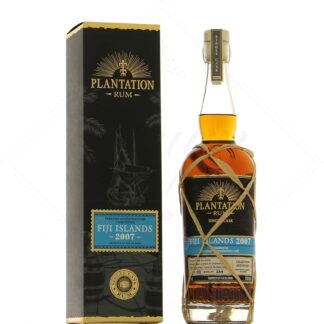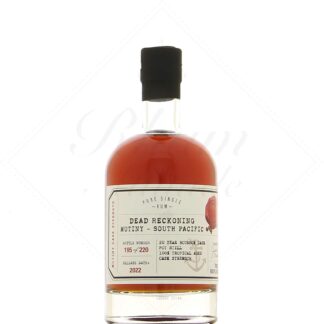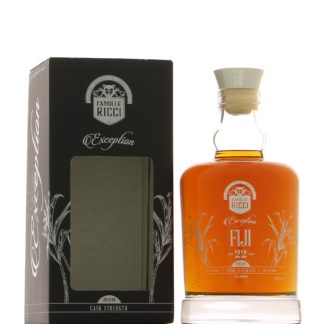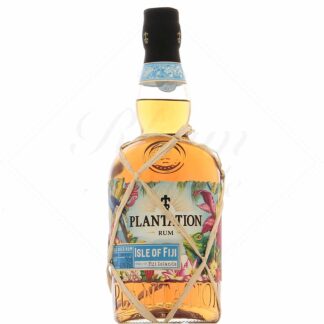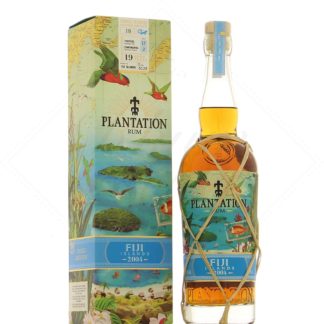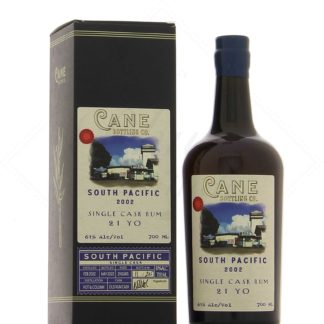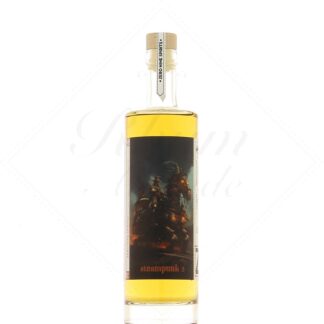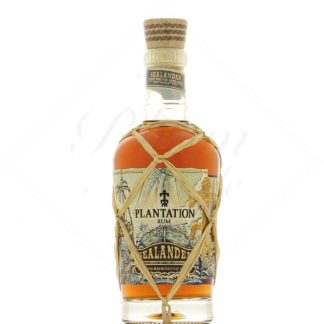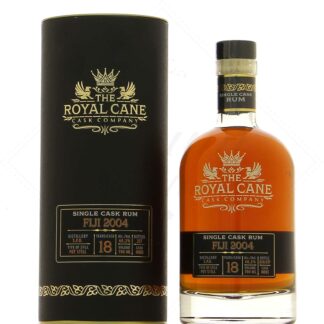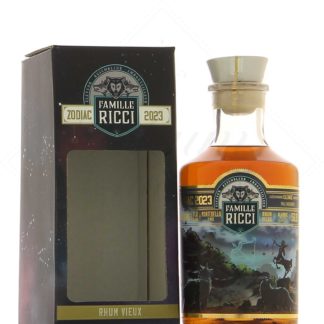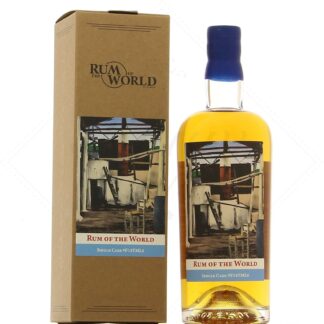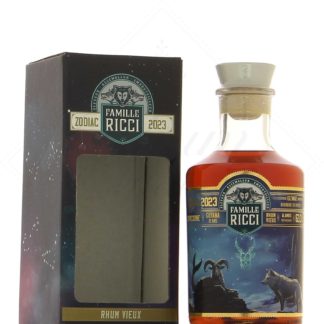Fiji
The Fiji archipelago comprises over 300 islands in the South Pacific, betweenAustralia and Tahiti. Colonized by the British in the mid-18th century, it gained independence in 1970. Endemic sugar cane was already prized by the Fijians, but it was of course the British who developed its cultivation through large-scale plantations. The main island soon became a major source of sugar, with overthirty factories by the end of the 19th century, including the largest in the southern hemisphere. The sugar crisis did not spare the archipelago, and as everywhere, production was concentrated in large units, reaching the number of 4 sugar factories today.
In keeping with English tradition, most sugar factories also had their own distilleries, and Fiji's highly perfumed rums were the ingredients of choice for Royal Navy sailors' rums.
The only distillery in operation today was started up in 1980. South Pacific distillery produces molasses rums in Lautoka, the country's second largest city. These are usually blends of column-distilled rums and rums distilled in traditional stills (in this case, a steel pot-still salvaged from the closure of a New Zealand whisky distillery). They are reduced with pure water from this volcanic island and filtered with coconut shell charcoal.
The main brands associated with this distillery are Holley Dollar, Bounty, Bati and Rum Co, but its rums have been popularized in France with bottlings from La Compagnie des Indes, TCRL, Berry Bros, Kill Devil, Plantation or Samaroli. These independent bottlers generally choose pure pot-still rums, resulting in highly aromatic, fruity, full-bodied expressions sometimes reminiscent of Port Mourant still rums or even some Jamaican rums. Read less
